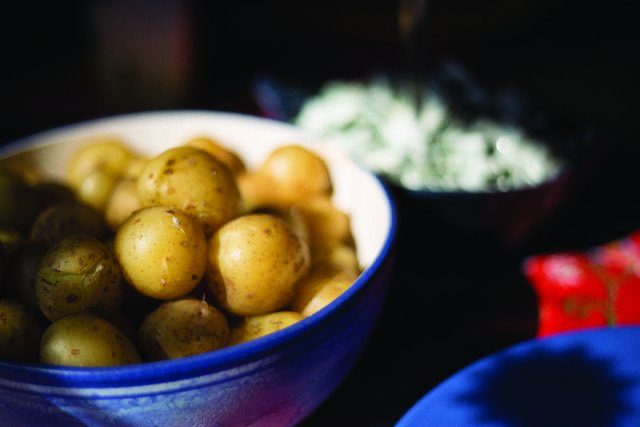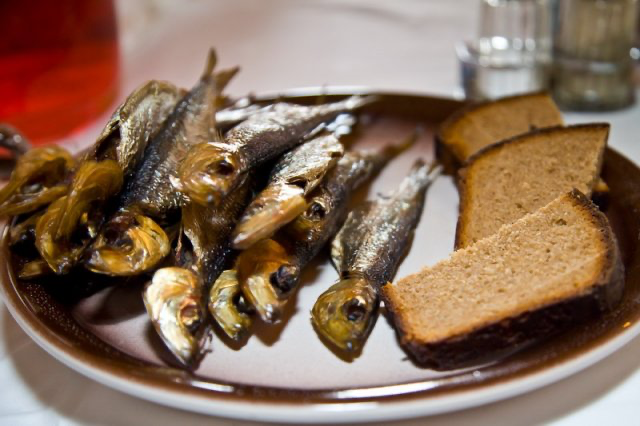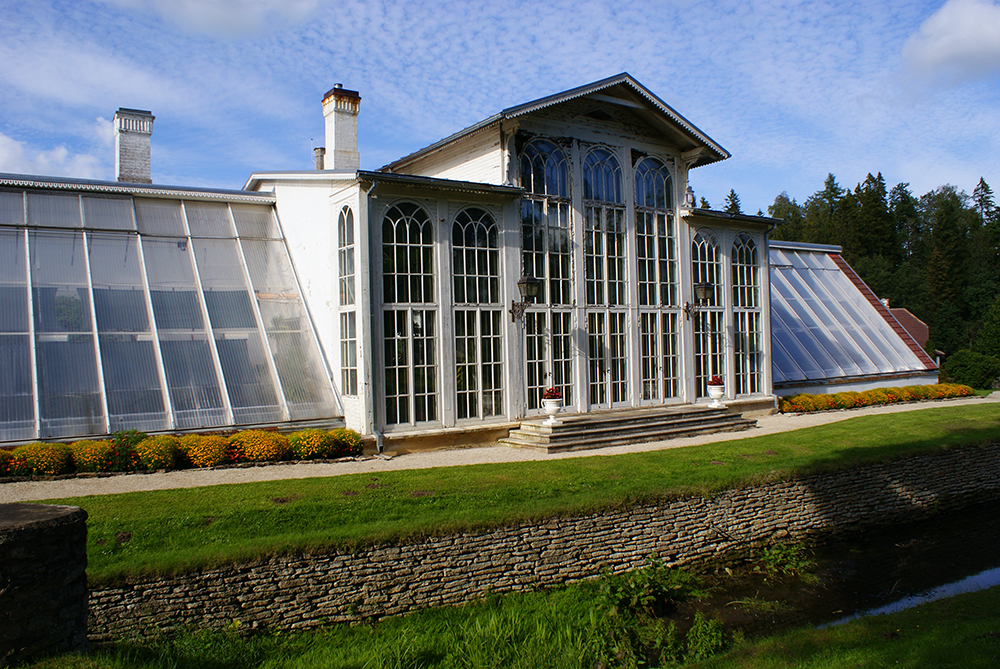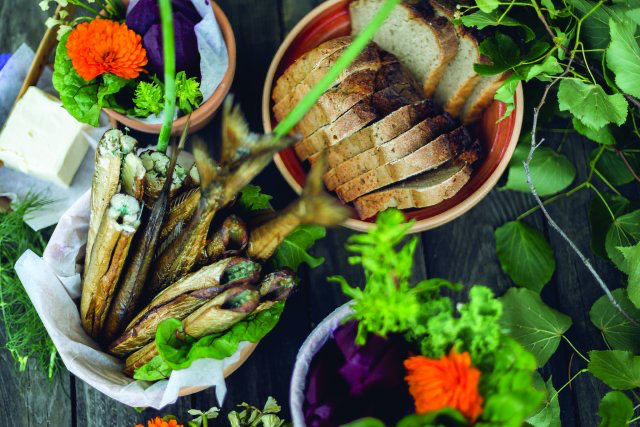test eng
Welcome to the network of Northern Estonian local food producers, restaurants and cafes!
We live on Estonian limestone coast where we can see and feel the greyish-white surface that carries and feeds us. In the northern heartland, the limestone is covered with deeper soil, being visible as gravel and felt as minerals. Rivers and streams that flow towards the sea, carry the minerals with them, and so also sea creatures can have their share of minerals. Our groundwater is held among carbonate rocks. Directly or indirectly, all our animals and plants feed from limestone minerals.
Come and taste the food of Northern Estonia – pure tastes from limestone coast!
The local food network of Northern Estonia is being led by Arenduskoda, East-Harju, PAIK and Partners, Leader region with: Kuusalu, Vihula, Tapa, Kadrina, Ambla, Anija, Raasiku, Aegviidu, Kose, Väike-Maarja, Tamsalu, Laekvere, Rakke, Haljala, Rakvere, Sõmeru, Vinni, Viru-Nigula Parish and two towns Loksa and Kunda.
In order to understand what is typical to our region, we looked back into our region`s food heritage, which allowes us to point out specific food in heritage of Northern-Estonia.
POTATO

In 1925, the largest percentage of potato field from overall arable land was in Northern-Estonia and its islands. By observations made in the beginning of the 20. century, potato was daily on the table, which wasn`t so elsewhere. It was common to eat potatoes with gravy for breakfast in 1930 at Harjumaa.


BARLEY
BARLEY

Whole grain barley meal and slurry made from quern grounded barley flour and groats, broth, porride, dumplings and bannocks can be concidered the oldest food made from grain. Porride of groats was a ritual meal all over Estonia. Barley-bread was one of ancient courses.
FISH

Baltic herring or salted small herring was the most important food besides bread. People from Harju-, Järva- and Virumaa got it from the Northern coast. They got it for themselves of from the fishermen. Baltic herring which was left over from personal consumption was being distributed in different ways. It was sold to the forestallers, if possible. Also certain Baltic herring friends turned out, fish was sold and traded between fishermen and farmers and their offspring during generations.


VODKA

In Estonia distillation of spirits started probably at the end of 15. century. From 1646 it became the monopoly of landlords. Active merchandise trade with St. Petersburg influenced manor houses’ material situation, spirit became the most importatnt article of merchandise. Due to the St. Petersburg market Virumaa turned out to be the most important region in distillation of spirits.
SUMMER KITCHENS AND GREENHOUSES

Estonians have used summer kitchens for cooking in summer time for centuries, it started to fade in the XX century. Läänemaa and Põhja-Harjumaa used them longer, even in 1920-30. Due to increase of gardening numerous greenhouses were built, earlier called conservatories (Treibhaus in German). Besides growing exotic plants, they were used for enjoying coffee in winter. Conservatories next to manor houses are specific to North-Estonia.


FLOWERS

As it is characteristic to Viru-, Harju- and Järvamaa to have very even flower embroidery diffusion, which genetic code does not connect to the embroideries of South-Estonia, then flower and food culture could imaginary be connected. Edible flowers could be used in culinary art and the connection with flower embroidery emphasized. Exotic flowers embroidered on sleeves must not be held on to, local flowers like wild rose, cowslip, lime tree flowers etc can be used.
Photos: Brand Estonia and Rene Seeman



